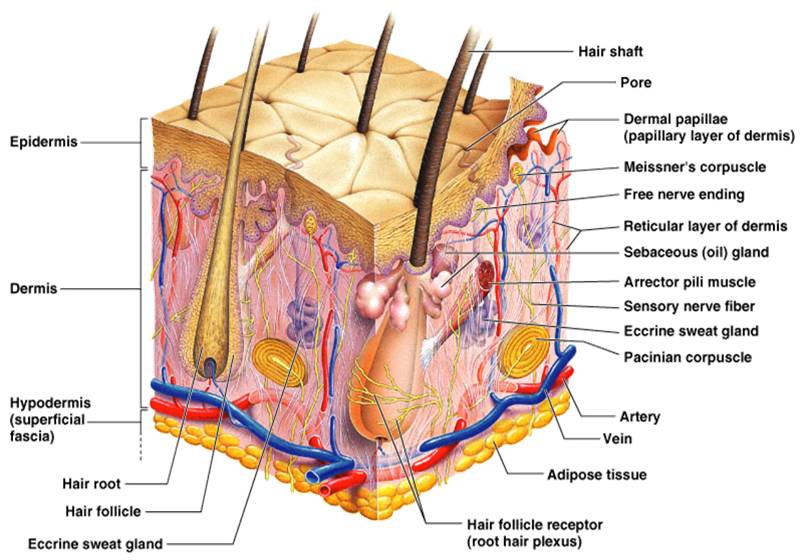
Dermatology Problems & Solutions:
Dermatology Description Papule Macule Nodule Patch Vesicle Bulla Plaque Papule Small palpable circumscribed lesion <0.5cm Macule Flat, circumscribed non-palpable lesion Pustule Yellowish white pus-filled lesion Nodule Large papule >0.5cm Plaque Large flat topped elevated palpable lesion Patch Large […]
